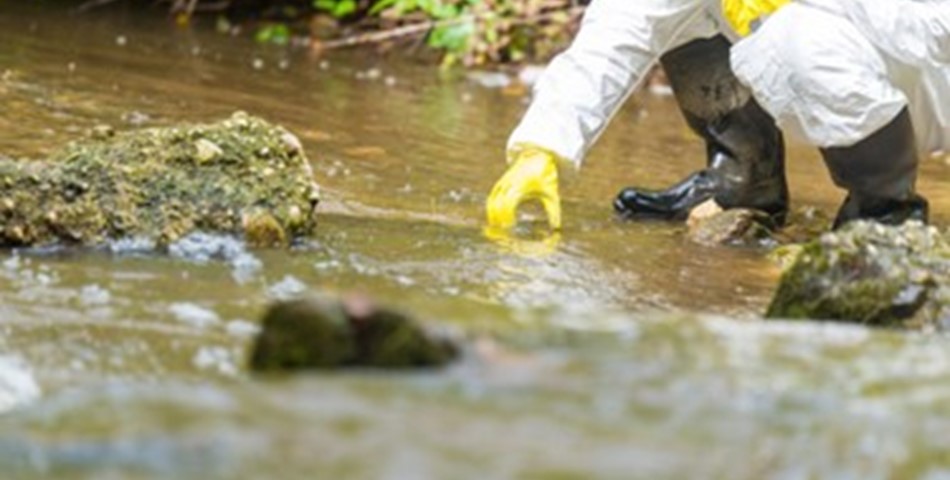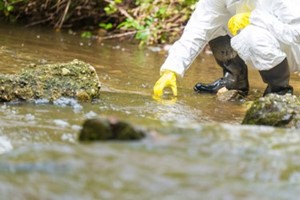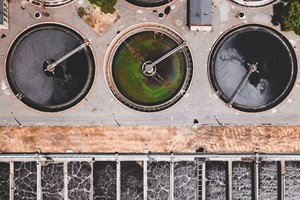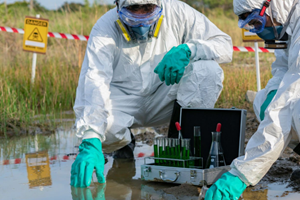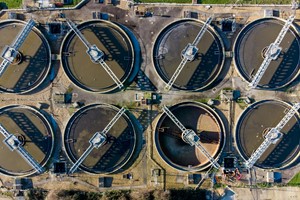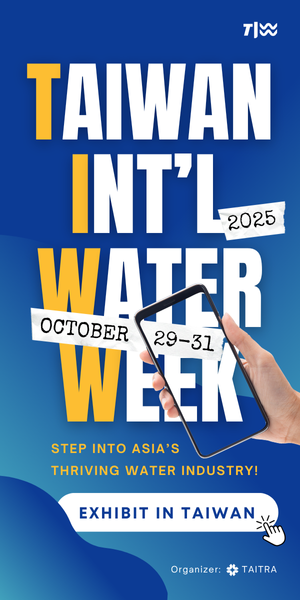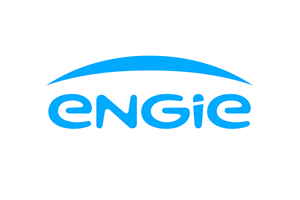Two recent research projects — one to improve potable reuse, the other to stop the proliferation of PFAS — look to source control as the key leverage point.
In the U.S., over 2,000 new chemicals are introduced each year. Unfortunately, some of these chemicals have been detected in water systems and are determined to be toxic. For example, one study found over 120 pharmaceuticals in wastewater effluent and a meta-analysis counted over 70 per- and polyfluoroalkyl substances (PFAS) in wastewater effluent. The combination of detection in water and toxicity evidence leads to new guidelines and enforceable standards.
These chemicals are commonly known as contaminants of emerging concern (CECs). As new CECs are discovered, and as they attract more media attention, this increases public awareness and concern about these chemicals, especially in the realm of potable reuse.
Water utilities may need guidance on how to manage or remove chemicals with new or upcoming standards, and to know what new CECs are likely to receive scientific, public, and regulatory scrutiny.
The water industry has done significant research on the toxicity, measurement, and removal of chemicals. Carollo has long been at the forefront of this research, with projects dating back more than a decade (Figure 1). Recurring themes in this research have included: (1) chemical removal in wastewater or reuse, (2) PFAS, and (3) narrowing the numerous chemicals to key indicators or monitoring priorities. Two recent projects are highlighted in this article.
PROJECT HIGHLIGHT #1:
WRF 4960: An Enhanced Source Control Framework for Industrial Contaminants in Potable Reuse
Many CECs enter wastewater from industrial discharges and are challenging to remove, toxic, or have the potential to interfere with treatment processes. Enhancing source control programs could be more cost-effective, reliable, and environmentally just than adding further treatment barriers at reuse facilities. Much research had been done on chemical removal by the advanced processes applied for reuse. However, a comprehensive review considering reuse treatment trains as a whole was needed to assess fullscale pass-through potential. As part of Water Research Foundation (WRF) 4960, around 300 industrial chemicals were selected for review. These chemicals were reviewed for their toxicity and their removal in wastewater treatment plants, conventional drinking water treatment, and three reuse treatment trains:
- Train A: Reverse osmosis (RO) and ultraviolet (UV) advanced oxidation process (AOP) with peroxide (H2O2) addition.
- Train B: Ozonation, biofiltration, granular activated carbon (GAC), and UV disinfection.
- Train C: Ozonation, biofiltration, RO, and UV/AOP with H2O2.
Then Industrial Contaminant Screening Scores were calculated based on toxicity and wholetrain removal. Chemicals that ranked highly were recommended for monitoring at planned reuse sites as the first step toward enhanced source control
Benefiting A Large Reuse Project
This project was co-funded by the California Water Boards and these monitoring lists have already been implemented at Los Angeles Sanitation and Environment’s Hyperion Membrane Bioreactor Pilot. This pilot is a step of the Hyperion 2035 Program, which will culminate in the largest reuse system in the world. This monitoring at Hyperion based on WRF 4960 even included the “further research recommended” version of the list, which assumed poor removal of understudied toxic chemicals.
PROJECT HIGHLIGHT #2:
WRF 5082: Investigation of Alternative Management Strategies to Prevent PFAS from Entering Drinking Water Supplies and Wastewater
PFAS are a family of chemicals notorious for their persistence, bioaccumulation, and toxicity. Two well-known PFAS are perfluorooctanoic acid (PFOA) and perfluorosulfonic acid (PFOS). Based on the third Unregulated Contaminant Monitoring Rule (UCMR3) (2013-2015), 66 water systems had PFOA and PFOS above the U.S. EPA’s 2016 health advisory level (HAL) of 70 nanograms (ng)/L combined. And even more systems will have detectable PFOA or PFOS in the upcoming UCMR5 (2023- 2025), which will use more precise methods. Any detectable PFOA or PFOS would be above the new EPA HALs for these compounds: 0.004 ng/L and 0.02 ng/L, respectively.
The EPA is planning to finalize an enforceable drinking water rule for PFOA and PFOS in 2023.
The effective PFAS removal technologies are expensive, which motivates more research on preventing PFAS from entering the water supply. The goal of WRF 5082 was to develop actionable strategies for utilities for effective PFAS source management. The first step was surveys about utilities’ experiences in monitoring, tracking, and mitigating PFAS. The project then filled data gaps about the relative importance of different PFAS sources across wastewater, surface water, and groundwater. Investigations of two watersheds concluded that PFAS were entering primarily via wastewater treatment plants, not direct industrial discharges. A groundwater investigation found that PFAS were emanating from an airport. In four wastewater collection systems, the majority of PFAS came from residential areas, not point sources. Lessons learned while conducting these investigations are informing step-by-step guidance for tracking PFAS.
Kyle Thompson



